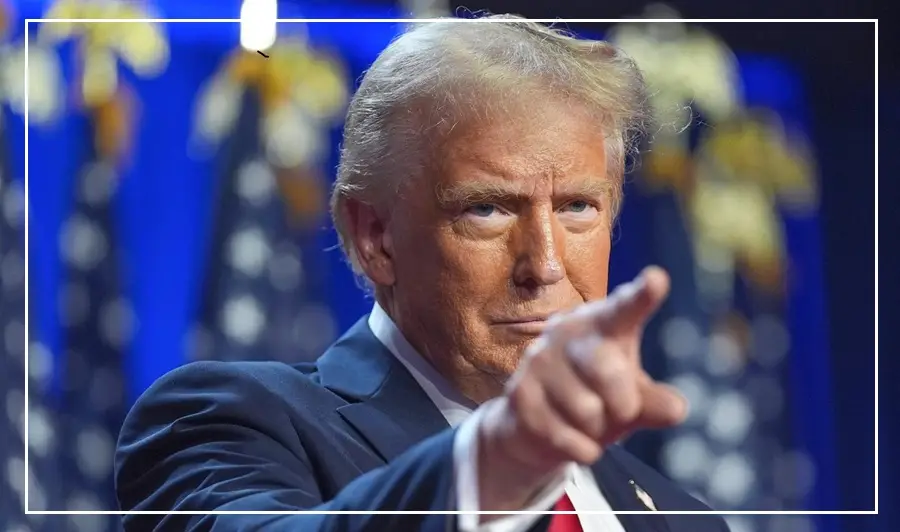Remittance Tax: Last year, India received more money through remittances than foreign direct investment (FDI). The US had earlier proposed a 5% tax on money sent from America to India.
tively affect the flow of money being sent to India. Jagdish Vyas and his wife, who receive money from their two daughters settled in America after their studies, were earlier worried about the 5% tax news. Now, with the tax reduced, they feel relieved.
This update feels like a celebration for millions of Indians who send their hard-earned money back home—to support families, pay off loans, or invest.
Jagdish Vyas shared with CNBC-Awaaz, “We are able to live comfortably with the money our daughters send.
Now that the US Senate has set the tax at just 1%, it will help increase the money coming into India through remittances.”
India’s Remittance Economy
As per data from the World Bank and RBI, India received ₹11.60 lakh crore in remittances from abroad during 2024-25.
In the past eight years, this amount has doubled. About 25% of these remittances come from the US alone.
Millions of Indians living in the US send large sums not only to their families but also for temple donations and other social activities in Indian villages.
Manish Sharma, Vice President of FOGA, says that a huge portion of this money goes toward village development in India.
No Tax on Digital Transfers
The good news is that there will be no tax on payments made through cards from America.
Most Indians use bank accounts, debit cards, or credit cards to send money. As per the new rule, these digital methods will not be taxed. So, sending money digitally to India now means no tax worries at all.
























